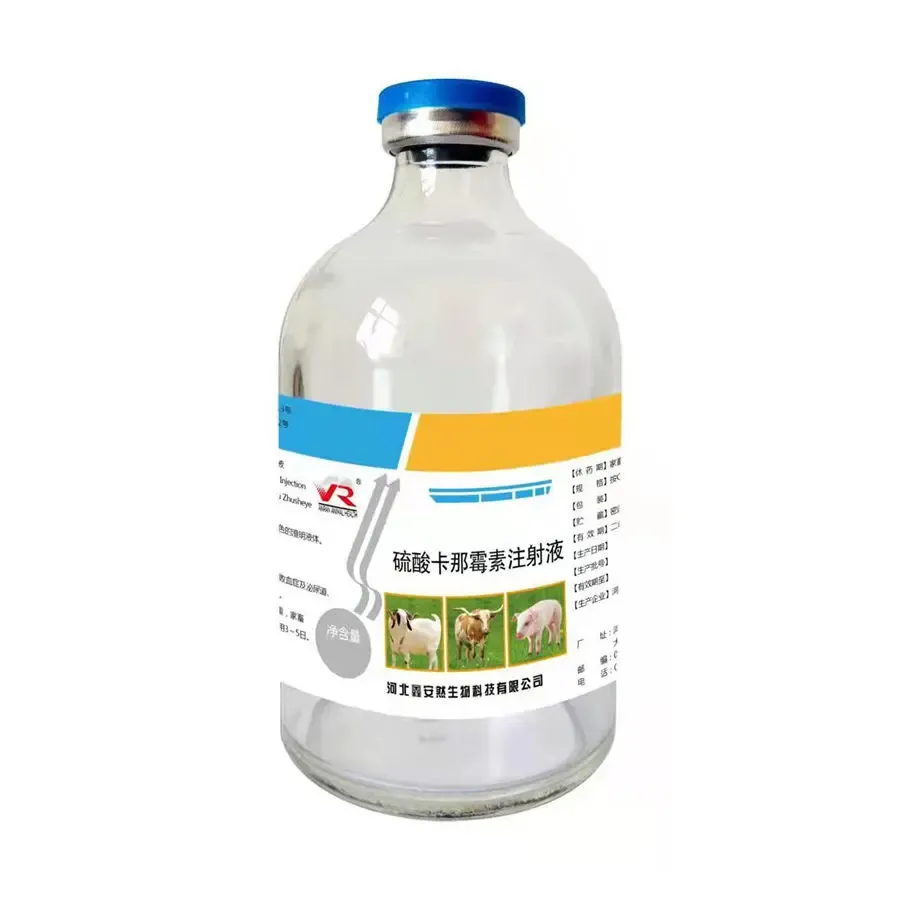- Afrikaans
- Albanian
- Amharic
- Arabic
- Armenian
- Azerbaijani
- Basque
- Belarusian
- Bengali
- Bosnian
- Bulgarian
- Catalan
- Cebuano
- Corsican
- Croatian
- Czech
- Danish
- Dutch
- English
- Esperanto
- Estonian
- Finnish
- French
- Frisian
- Galician
- Georgian
- German
- Greek
- Gujarati
- Haitian Creole
- hausa
- hawaiian
- Hebrew
- Hindi
- Miao
- Hungarian
- Icelandic
- igbo
- Indonesian
- irish
- Italian
- Japanese
- Javanese
- Kannada
- kazakh
- Khmer
- Rwandese
- Korean
- Kurdish
- Kyrgyz
- Lao
- Latin
- Latvian
- Lithuanian
- Luxembourgish
- Macedonian
- Malgashi
- Malay
- Malayalam
- Maltese
- Maori
- Marathi
- Mongolian
- Myanmar
- Nepali
- Norwegian
- Norwegian
- Occitan
- Pashto
- Persian
- Polish
- Portuguese
- Punjabi
- Romanian
- Russian
- Samoan
- Scottish Gaelic
- Serbian
- Sesotho
- Shona
- Sindhi
- Sinhala
- Slovak
- Slovenian
- Somali
- Spanish
- Sundanese
- Swahili
- Swedish
- Tagalog
- Tajik
- Tamil
- Tatar
- Telugu
- Thai
- Turkish
- Turkmen
- Ukrainian
- Urdu
- Uighur
- Uzbek
- Vietnamese
- Welsh
- Bantu
- Yiddish
- Yoruba
- Zulu
נוב . 21, 2024 18:28 Back to list
ivomec injection for cattle and swine
The Use of Ivermectin Injection for Cattle and Swine A Comprehensive Overview
Ivermectin injection has become a crucial tool in veterinary medicine, especially in the management of parasitic infections in cattle and swine
. This antiparasitic agent is renowned for its effectiveness against a variety of internal and external parasites, making it a staple in livestock management practices.Ivermectin belongs to the class of macrocyclic lactones, which function by binding to glutamate-gated chloride channels in parasites, leading to paralysis and death. Its efficacy extends to a broad spectrum of parasites including nematodes, arthropods, and ectoparasites such as lice and mites, which are common challenges in cattle and swine production.
The injectable form of ivermectin offers several advantages over oral formulations. Firstly, it ensures accurate dosing and immediate absorption into the bloodstream, providing rapid action against parasites. This is particularly beneficial in large-scale operations where precise management of livestock health is paramount. Furthermore, the injectable method minimizes the risk of underdosing, which can occur with oral administration if animals do not consume the full dose.
ivomec injection for cattle and swine

In cattle, ivermectin injection is primarily utilized to control infestations of gastrointestinal roundworms, lungworms, and external parasites like horn flies and ticks. Regular treatment can lead to improved weight gain and overall health, thereby enhancing productivity and profitability for cattle farmers. Similarly, in swine, ivermectin is effective against parasites such as Ascaris suum (the swine roundworm) and Sarcoptes scabiei (the scabies mite), which can hinder growth and cause significant economic losses if left untreated.
While ivermectin injection is generally regarded as safe, it is essential for livestock producers to adhere to dosage recommendations provided by veterinarians or product labeling. Proper dosage and timing are crucial to avoid resistance development among parasites, an increasing concern in veterinary medicine. Additionally, farmers must observe withdrawal times before sending treated animals to market, as residues in meat can lead to food safety issues and regulatory non-compliance.
As with any medication, it is vital to adopt an integrated pest management approach. This includes regular monitoring of parasite loads, rotating antiparasitic treatments, and employing good management practices to reduce the incidence of infestations.
In conclusion, ivermectin injection plays a pivotal role in maintaining the health and productivity of cattle and swine. Its wide-ranging effectiveness against various parasites makes it an indispensable component of animal husbandry practices. By following best practices and proper management guidelines, livestock producers can harness the benefits of ivermectin while promoting animal welfare and sustainable agricultural practices.
-
Guide to Oxytetracycline Injection
NewsMar.27,2025
-
Guide to Colistin Sulphate
NewsMar.27,2025
-
Gentamicin Sulfate: Uses, Price, And Key Information
NewsMar.27,2025
-
Enrofloxacin Injection: Uses, Price, And Supplier Information
NewsMar.27,2025
-
Dexamethasone Sodium Phosphate Injection: Uses, Price, And Key Information
NewsMar.27,2025
-
Albendazole Tablet: Uses, Dosage, Cost, And Key Information
NewsMar.27,2025













